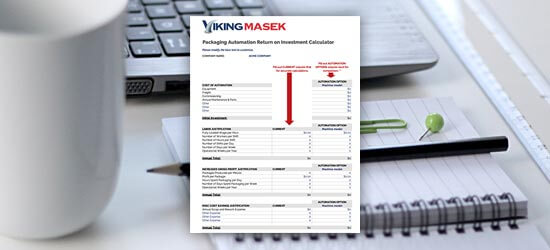
Revolutionizing Supply Chains: The Next Era of Food Packing Machines in Global Markets
In a global market that is ever-changing, innovative practices in the supply chain have emerged, especially in the food sector. Recently, a study by the International Food Packaging Association stated the global food packing machine market is estimated to be at USD 50 billion by the year 2027 with a CAGR growth of 5.8%. This increase can be attributed to the rising demand for packaged food with changing lifestyles and greater concerns for food safety and proper shelf life. With increasing complexity in supply chains, food packing machines must integrate advanced technology to facilitate operations, minimize waste, and increase productivity.
The next generation of food packing machines will change how food products are handled, processed, and delivered. Automation and smart technologies may provide greater accuracy and speed for companies in packaging operations meeting the dynamic requirements posed by consumers. The report published by Markets and Markets further accentuates that the incorporation of sustainable packaging solutions has become an important priority for manufacturers addressing environmental concerns as well as improving brand image. When we look at the transformative impacts of food packing machines on supply chains, it is evidently clear that this innovation will become the catalyst for shaping food distribution in the global markets in the future.
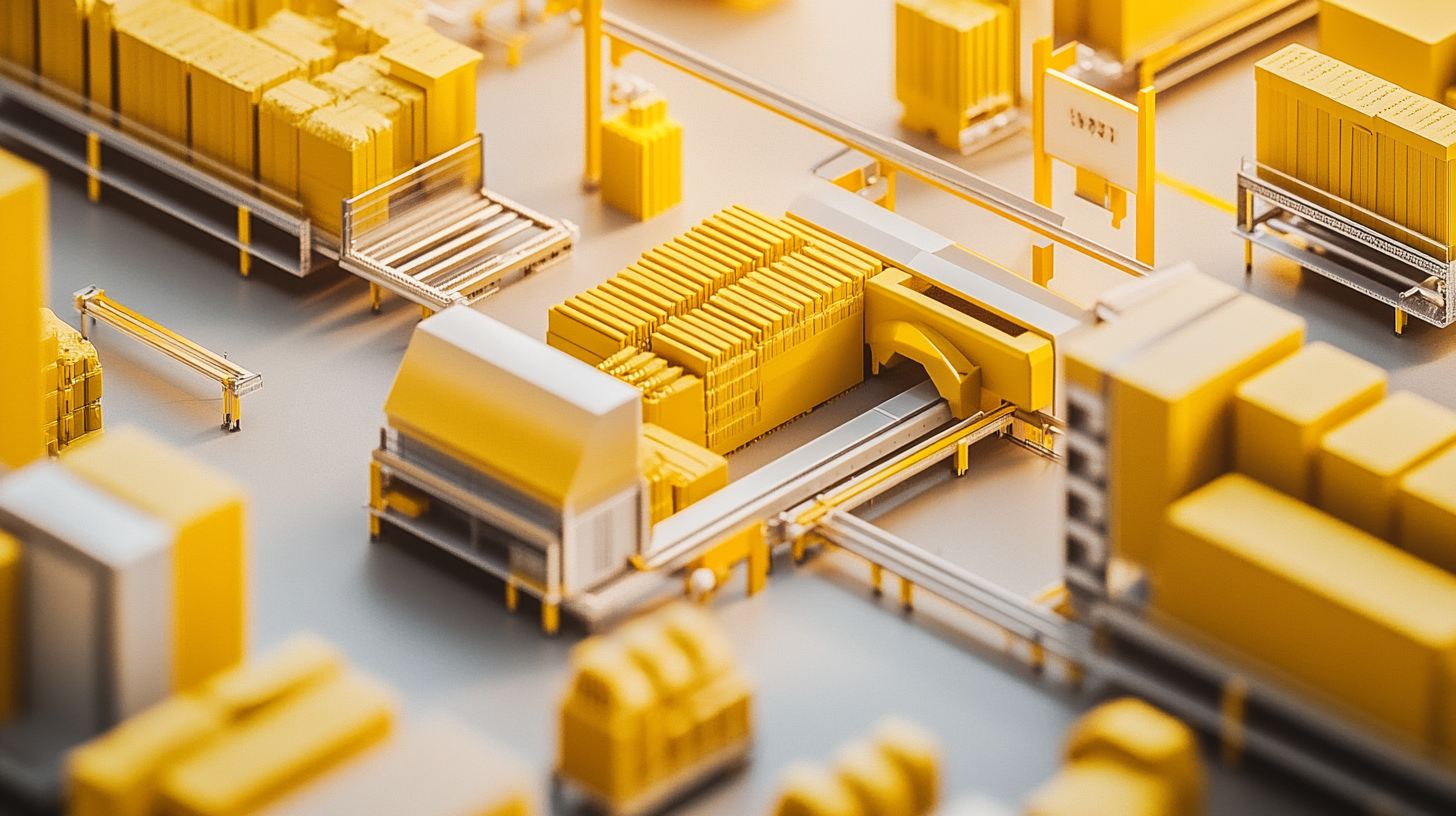
The Evolution of Food Packing Machines: A Historical Perspective
The advancement of food packaging machines is a unique saga, one that truly embodies the resistance to and acceptance for technological change by the fast-evolving global markets. In the early days of food packaging, the traditional methods used were predominantly manual and were thus unavoidably characterized by inefficiencies or inconsistency. Such methods for packaging foodstuffs were basic and used small hand-held devices for sealing and preserving food. Thus, production capabilities were low, and reduced shelf life was the poignant outcome. Innovations came forth to mechanize what were once all manual processes in food packaging as the industrial revolution accelerated. The latter half of the 20th century marked a further major leap in food packing machinery, with the coming of age of automated machines. Their introduction greatly enhanced the speed of packing while concurrently enhancing both safety and quality of the product. Vacuum sealing and modified atmosphere packaging lengthened the shelf life of perishables. Also, during this era came the specialization of machines to fit the type of food being packaged, with bottling systems suitable for liquids and flow wrappers appropriated for solid items. With the coming of the computer, packing machines became intelligent themselves, with sensor systems and software able to monitor production processes in real-time. Sustainability and efficiency are the guiding principles of the next generations of food packaging. These machines are being made from environmentally friendly materials and are energy-efficient. Due to the demand for sustainability, innovations are being made for biodegradable packaging and solutions to reduce waste. Further customization is offered by introducing robotics and AI into the packing lines, giving companies the ability to respond swiftly to very fast-changing consumer preferences in worldwide markets. This never-ending change affects food producers' operational efficiency and layout capabilities with how consumers engage in food products, setting another crucial stage in the history of food packaging.
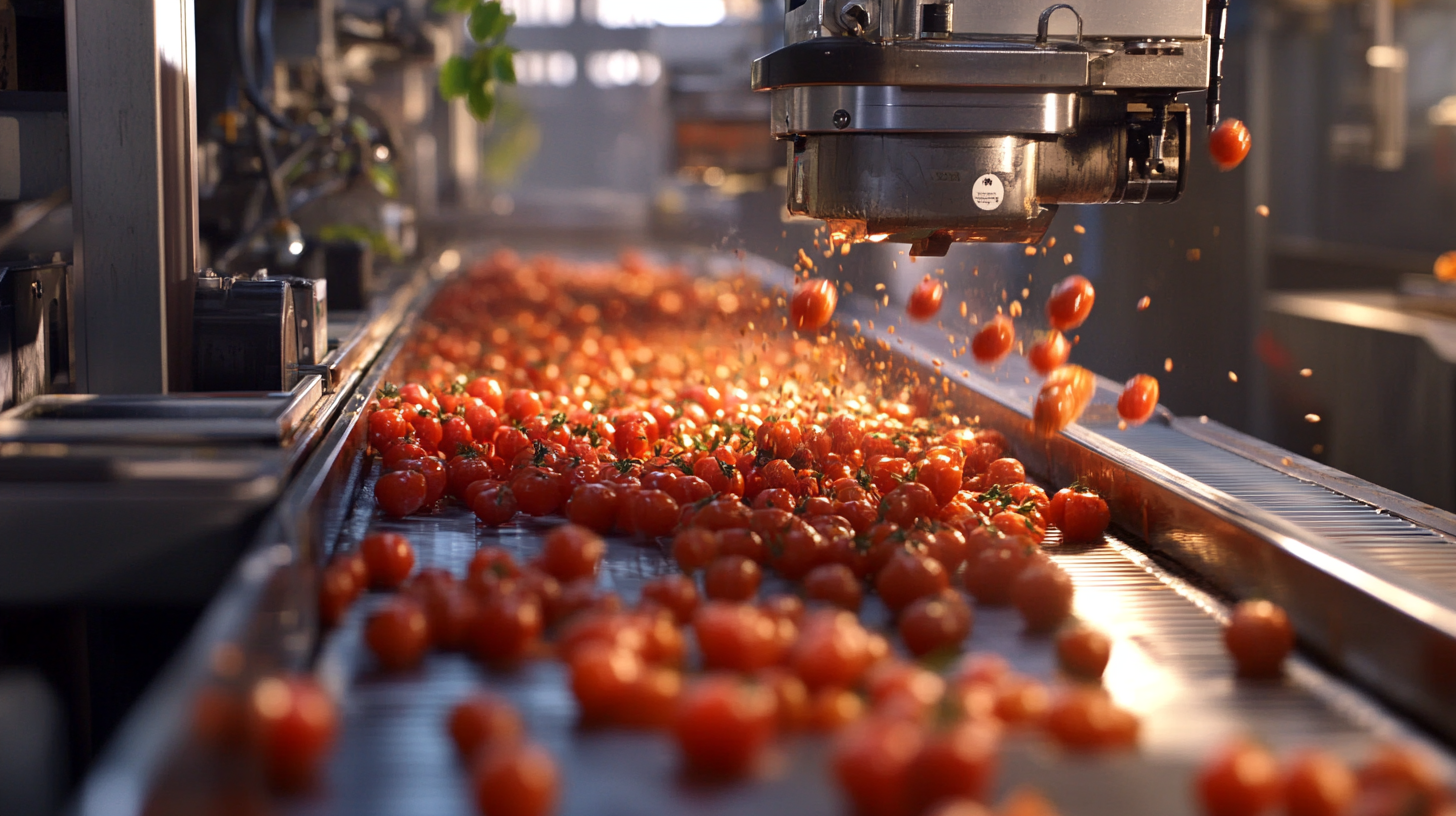
Innovative Technologies Transforming Supply Chain Efficiency
The food packing machinery industry has witnessed the rise of novel technologies, thereby ushering in the era of supply-chain efficiency and power across global markets. Recent estimates indicate that the global packaging machinery market segment will be approximately $55 billion by the year 2025, with advancements in automation and smart technology being the driving forces. These new-age techniques not only increase efficiency but are also arming the industry with greater food safety and environmental sustainability-parameters that it desperately needs in satisfying the growing appeal for sustainable practices in food distribution.
Proofing the above statement is another important trend-the Internet of Things (IoT) being embraced by packaging technologies. MarketsandMarkets estimates that the IoT in the food supply chain will grow at a compound annual growth rate (CAGR) of 24.2% between 2020 and 2025. This connectivity helps ensure real-time monitoring and analysis of data, enabling the organizations to make process optimization decisions and react to changing consumer requirements as they happen. By providing insight into inventory levels and delivery schedules, IoT solutions greatly reduce delays within the supply chain, thereby enhancing supply chain efficiency.
Additionally, the application of automation via robotics and artificial intelligence (AI) is disrupting the food packing space. According to a Deloitte report, businesses deploying automated packing solutions achieved up to a 30% increase in productivity. Reducing human intervention in mundane packing activities will help businesses dwindle their errors and increase throughput rates, assuring shorter fresher product delivery to the consumers. These very technologies are the future heartbeat of the modern food supply chain, considering the competition for efficiency and speed has never been higher.
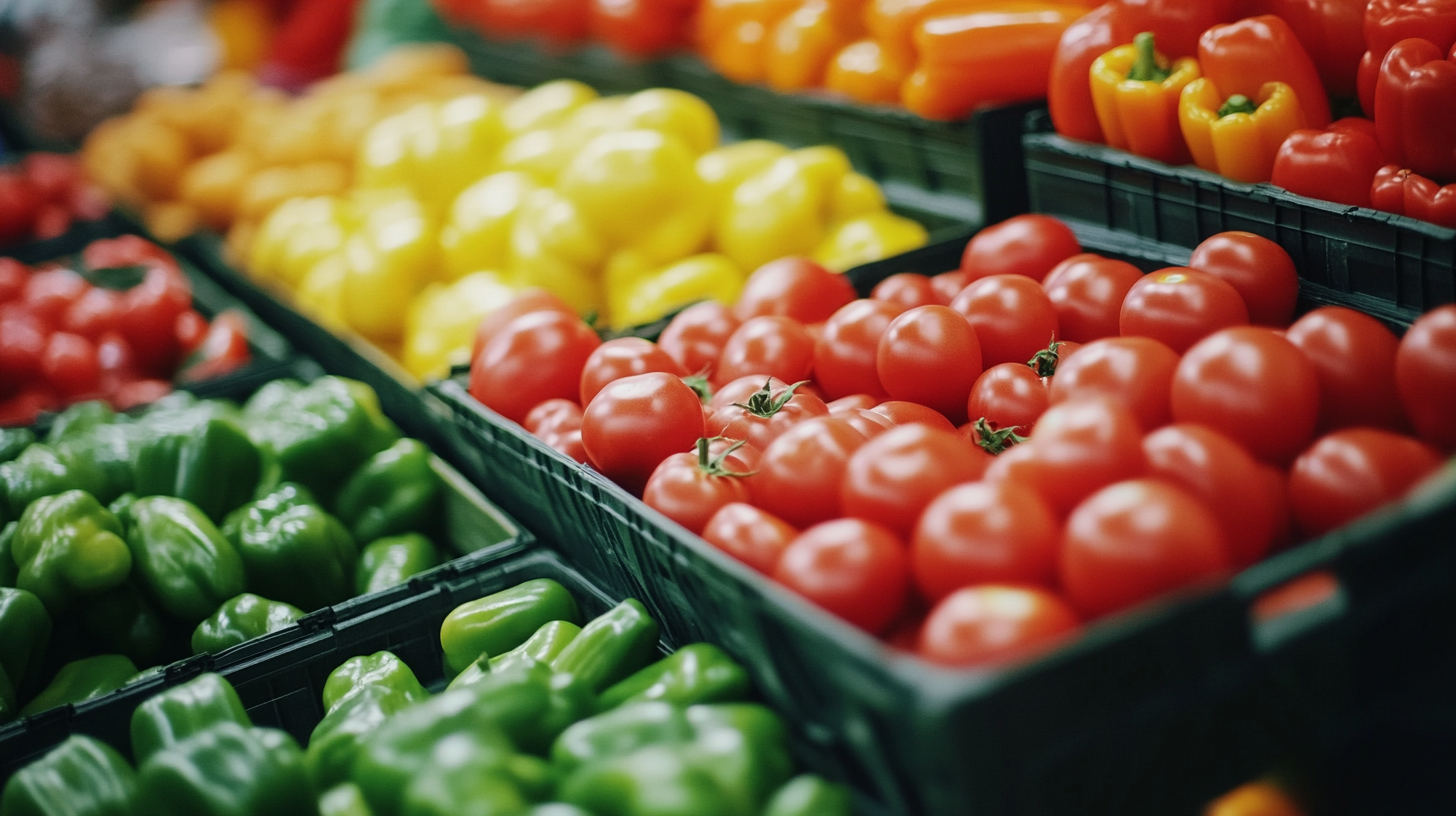
Sustainability in Food Packaging: Trends and Innovations
The food packaging industry's ongoing transformation will be fueled by sustainability trends taking the main stage in global markets. With the global food service packaging market projected to reach an astounding $812.08 billion by 2024, the urgency for eco-friendly options has never been more pressing. The introduction of sustainable development manuals by authorities in the industry puts focus onto waste reduction in food service activities and allows companies to concentrate their operations on maximizing environmental benefit.
Food packaging innovations flourish in response to consumer needs for convenience and a greater demand for sustainable health-conscious products. By 2024, the edible packaging market is projected to be valued at $688.9 million, with a compound annual growth rate (CAGR) of 6.1% between 2025 and 2034. Sustainable material development is an important shift with traditional plastic packaging facing increasingly stringent regulations and greater scrutiny from consumers. The volume of plastic packaging for food and beverages alone will reportedly reach $222.1 billion by 2024, indicating just how much investment is still in these materials, despite the emergence of alternatives.
The rise in demand for biodegradable and compostable packaging is one of the larger changes affecting consumer behavior and industry direction. Rapid adoption of biodegradable and compostable materials will fuel the growth of environmentally friendly packaging to a projected market size of $199.7 billion by 2024. Businesses responding to such trends will call upon new technologies, including biodegradable coatings and advanced fiber treatment, to significantly redefine the future of food packaging from an outward-looking perspective to follow the general trend to sustainability and reduction of waste.
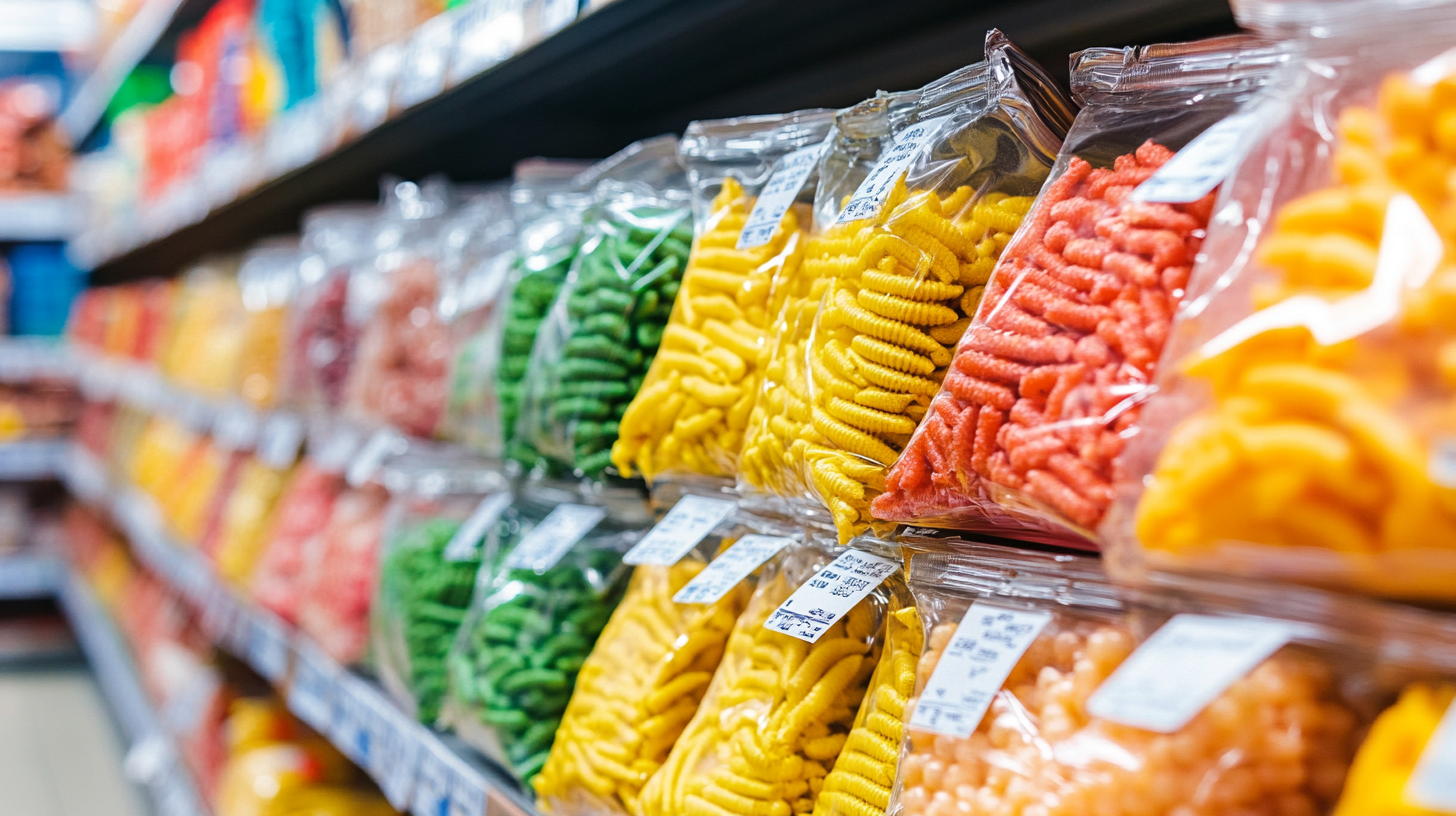
Global Market Insights: Challenges and Opportunities for Food Packing
Emerging trends for the future of the global food packaging market show a rapidly changing face of challenges and opportunities. Predictions indicate that the food packaging market size will grow from $171.51 billion in 2025 to $294.71 billion by 2032 at a CAGR of 8.04%. Consumer convenience-seeking, ready-to-eat product demand, and storage ease will require advanced food packing technologies.
The food packaging films segment is indicated to grow significantly as estimated at $50 billion market size in 2022 with growth CAGR exceeding that by 6% for the period 2023-2032. This growth trajectory would be in the direction of making a flexible packaging that retains the integrity of food even as it ties into possible sustainability initiatives. More companies will be concerned with the use of eco-friendly materials and thus will ultimately contribute to both consumer preference and regulatory need-induced design in the competitive landscape.
Furthermore, the paper packaging world's value will be reaching $410.5 billion by 2024. The demand would be increased substantially because of the growth trends in the pharmaceutical industries, which could result in a more than 3.8 percent growth forecast from 2025 to 2034. This diversification of packaging application shows how important it is to innovate to satisfy various consumer demands within the different sectors. And while companies come to terms with these trends, a major focus will be on designing packaging solutions that effectively prolong product shelf life while being as environmentally friendly as possible.
Future Trends: Smart Automation in Food Packaging Solutions
The food packaging sector is undergoing a transformation with smart automation technologies. The food packing machine is rapidly becoming smarter by integrating global artificial intelligence, machine learning, and the Internet of Things (IoT) as per the evolution of markets across continents. It not only makes their production work easier and more efficient but also reduces waste significantly, making it all the more necessary.
One of the important trends is in the field of robotics and automation applied to food packaging. Highly automated systems nowadays can actually be programmed to do very complex tasks such as sort, pack and label, which traditionally required a lot of manual labor. Efficiency of speed has improved and the risk of human error eliminated when food products are packaged in this way. Intelligent automation also allows real-time monitoring and analyzing, whereby businesses get to optimize their supply chain operations and respond quickly to meet demand in the market.
Another increasing trend is with smart packaging technologies with sensors and tracking capabilities. Besides maintaining end-to-end visibility of the supply chain, the innovations will also improve interaction with and between consumers through the provision of detailed information about the products. For businesses, keeping up with these technologies-rich demands of consumers for freshness and quality would be the key to compete successfully in the marketplace. This era of food packing machines is not only an efficient revolution but also promises to realize an ecosystem of food supply that is more sustainable and responsive.


